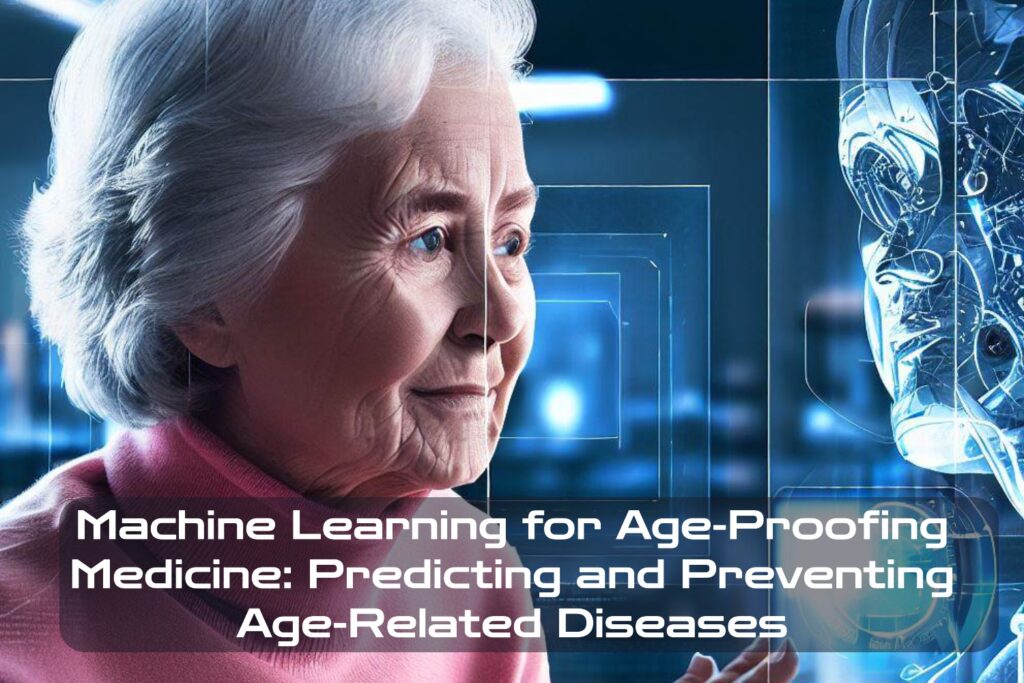As human beings, we all hope to live long and healthy lives. However, with age, our bodies become more susceptible to various diseases.
These illnesses can include diabetes, cancer, Alzheimer’s disease, and many others. Age-related diseases can significantly impact an individual’s quality of life and may even lead to death.
In today’s world of healthcare technology advancements, predicting and preventing age-related diseases has become a critical focus for health professionals. Identifying disease risk factors and developing preventative measures can help individuals maintain their health for as long as possible.
Artificial intelligence (AI) has made significant strides in the healthcare industry in recent years. Machine learning algorithms have emerged as one tool that health professionals can use to predict and prevent age-related diseases.
Explanation of Age-Related Diseases
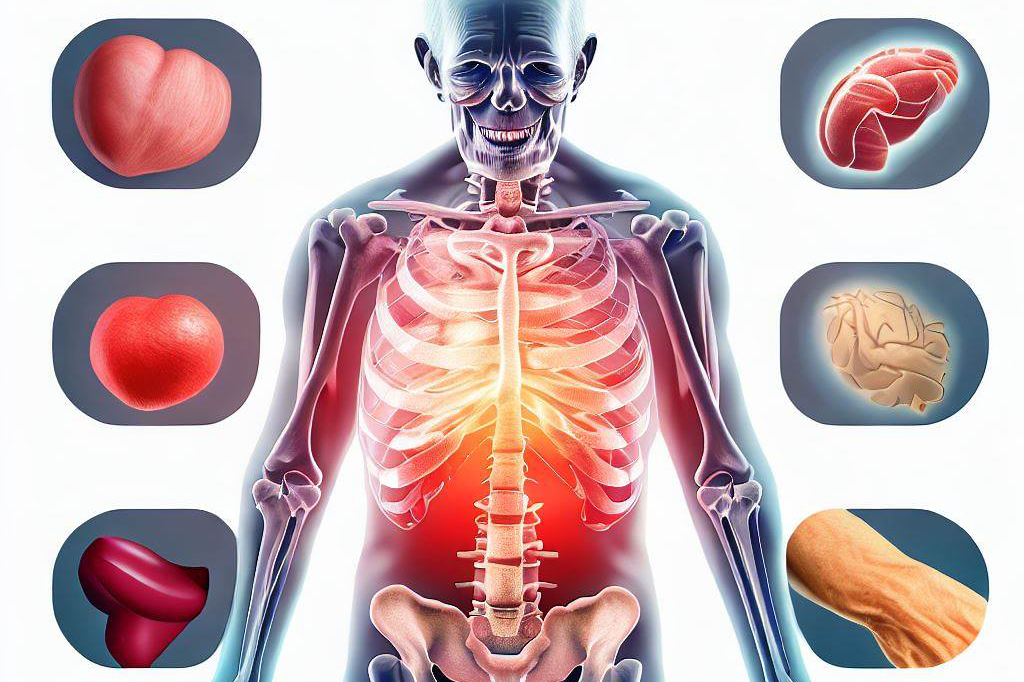
Age-related diseases are those that occur more frequently or with greater severity as individuals grow older.
These illnesses are a result of the natural aging process combined with genetic predisposition or environmental factors such as exposure to toxins or unhealthy lifestyle choices like smoking.
Some common examples of age-related diseases include cardiovascular disease, cancer, type 2 diabetes mellitus, osteoporosis, Alzheimer’s disease, arthritis, and Parkinson’s disease.
Importance of Predicting and Preventing Age-Related Diseases

Predicting and preventing age-related diseases is crucial because these conditions significantly impact individuals’ quality of life. They can also lead to increased healthcare costs due to prolonged hospital stays or more complex medical treatments.
Early detection through predictive modeling using machine learning algorithms could enable physicians to provide personalized treatments based on individual patient data. This approach offers a better chance for patients to receive timely treatment before the condition worsens.
Preventative measures such as lifestyle changes could potentially reduce an individual’s risk of developing age-related diseases. Therefore, health professionals must identify key factors that contribute to these illnesses in the first place.
Role of Machine Learning in Predicting and Preventing Age-Related Diseases
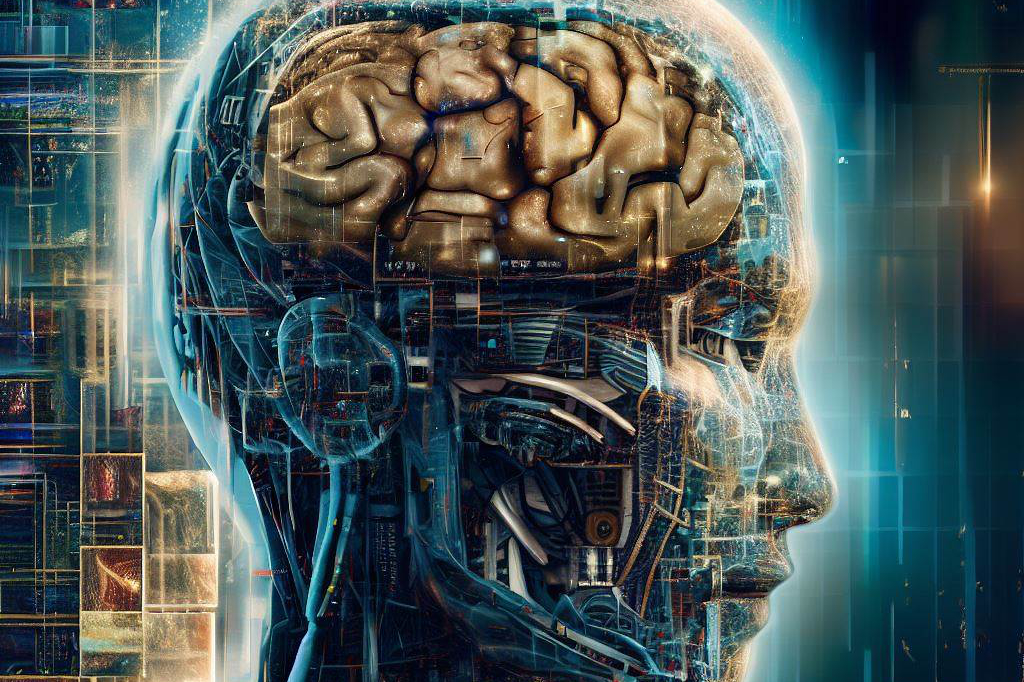
Machine learning algorithms can be applied to patient data to predict an individual’s risk of developing age-related diseases. These algorithms use statistical models and advanced data analysis techniques to uncover patterns and associations among variables that would otherwise go unnoticed by human analysis.
One of the primary benefits of machine learning is its ability to process large amounts of data quickly and accurately, making it possible to predict disease risk with high levels of accuracy. This technology can also identify patterns and trends that may be difficult for humans to discern from complex datasets.
Machine learning algorithms can also provide insights into preventative measures that could reduce an individual’s risk of developing age-related diseases. By understanding which lifestyle factors contribute most significantly to these diseases, individuals can make more informed choices about their health.
Overall, machine learning has a significant role in predicting and preventing age-related diseases. Its ability to process vast amounts of complex data quickly makes it a valuable tool for health professionals looking for new ways to address these critical healthcare challenges.
Understanding Machine Learning
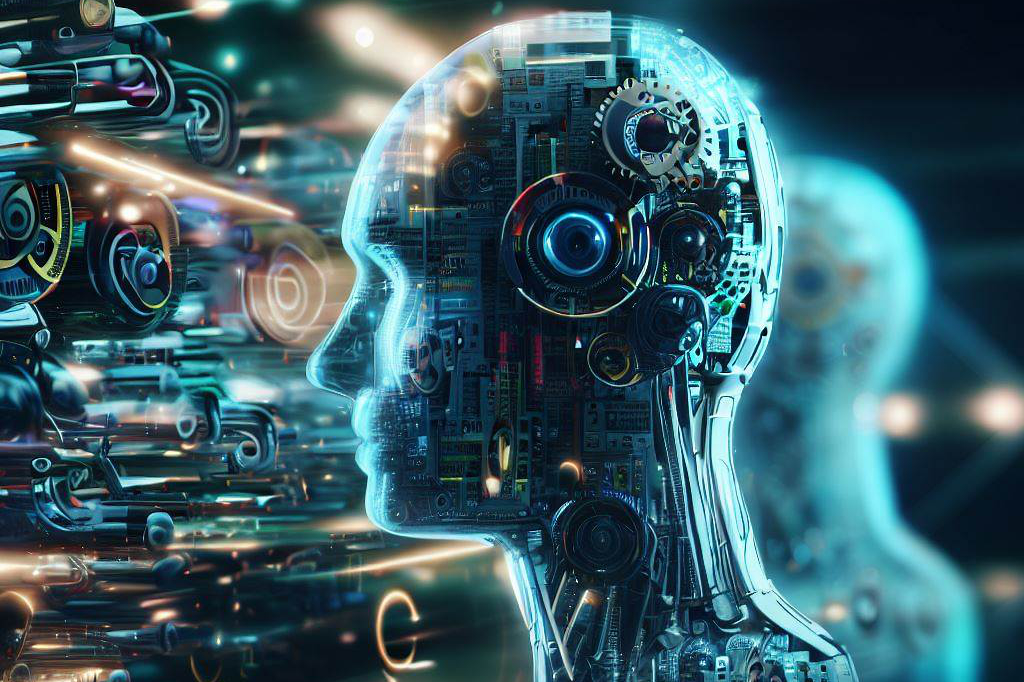
Machine learning is a branch of artificial intelligence that involves creating algorithms that can learn and improve over time without being explicitly programmed. In traditional programming, a programmer must write code to solve specific problems.
With machine learning, the computer is given data and learns to recognize patterns and make predictions on its own. This allows for faster, more efficient problem-solving in a range of industries, including healthcare.
Definition of Machine Learning
At its core, machine learning is about finding patterns in data that allow us to make predictions or decisions. It involves using algorithms that can analyze large amounts of data and use it to identify patterns or relationships between variables.
These relationships are then used to make predictions based on new data. There are several different types of machine learning algorithms, including
- supervised learning,
- unsupervised learning,
- semi-supervised learning,
- and reinforcement learning.
Types of Machine Learning Algorithms
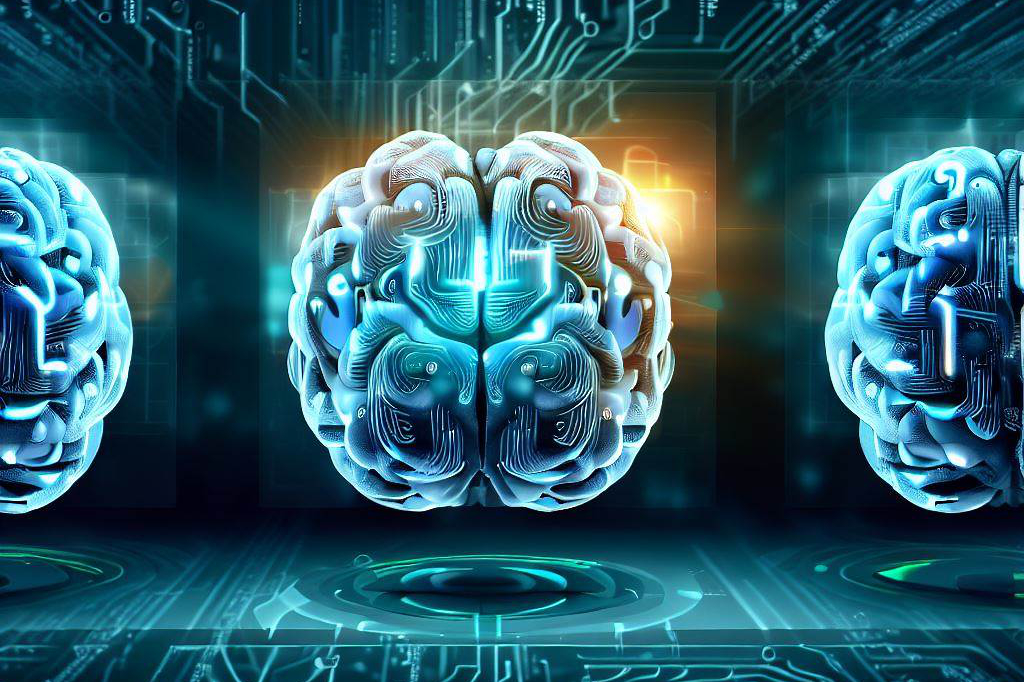
Supervised learning involves training an algorithm on a dataset where both the input (features) and output (target) are known. The algorithm uses this labeled information to learn how to make predictions on new data.
Unsupervised learning involves training an algorithm on a dataset where only the input (features) is known. The algorithm uses this information to identify patterns or groupings within the data.
Semi-supervised learning combines both supervised and unsupervised techniques by using a small amount of labeled data along with unlabeled data for training.
Reinforcement learning involves an agent making decisions based on actions taken in an environment that lead to rewards or penalties.
Applications of Machine Learning in Healthcare

Machine Learning has several applications in healthcare, such as
- disease diagnosis through medical imaging analysis like X-rays and MRIs which requires identifying abnormalities within medical images;
- drug discovery by predicting the efficacy of drugs;
- optimizing patient care by analyzing electronic health records for personalized treatment plans;
- and predicting health outcomes by analyzing patient data.
One notable use of machine learning is in predicting and preventing age-related diseases.
By analyzing large datasets of patient information, machine learning algorithms can identify risk factors for certain age-related diseases and develop predictive models to identify patients who are at high risk of developing these diseases. These models can then be used to develop targeted preventative interventions that can help delay or even prevent the onset of these conditions.
Predicting Age-Related Diseases with Machine Learning

Overview of predictive modeling with machine learning algorithms
Machine learning algorithms are now being developed to predict age-related diseases well before they occur. These algorithms can identify patterns in large data sets that humans may not be able to spot.
Predictive modeling through machine learning involves the use of algorithms to analyze demographic, clinical, and genetic information about the patient. The algorithm then predicts the likelihood of the patient developing a particular disease based on their health data.
The machine learning models use various statistical approaches like classification techniques, deep learning models, and regression models for predicting diagnosis patterns and suggesting personalized treatment plans. It identifies factors that may increase or decrease disease risk, which ultimately helps healthcare providers deliver more targeted and efficient care.
Data sources for predictive modeling
Since there is a vast amount of patient data available today from multiple sources such as
- electronic health records (EHRs),
- genomics data,
- medical imaging data,
- autonomous living sensor data, etc.,
Predictive modeling can be performed using these different types of data sources in combination or alone. Electronic Health Records (EHRs) contain summarized health information collected over time from different providers involved in a patient’s care.
Genomic information helps identify the frequency and impact of mutations in different genes that contribute to specific diseases.
Medical imaging presents various opportunities for early detection through automated screening tests such as mammograms or MRI scans.
Autonomous living sensor devices collect real-time behavioral and functional measurements from patients’ homes that can provide insights into daily life activities related to their health conditions.
Examples of successful predictive models for age-related diseases
One example where machine learning has been particularly useful is in predicting Alzheimer’s disease using cognitive assessment tests collected over time from individuals at high-risk stages. Researchers have used machine learning models trained on cognitive assessment results along with other factors such as age, gender, and genetic markers to predict the likelihood of developing Alzheimer’s disease.
Another example is the use of machine learning models to predict the risk of heart failure in patients with diabetes or hypertension. Researchers have trained a model using EHR data collected from thousands of patients’ demographics, lab results, medications, and vitals. The algorithm has been able to identify key factors that impact patient outcomes and provide personalized treatment recommendations.
Predictive modeling through machine learning is transforming healthcare by improving accuracy in diagnosis and suggesting personalized treatments for patients before they become chronically ill. It allows healthcare providers to identify high-risk populations earlier so that proactive measures can be taken to prevent or delay disease onset.
Preventing Age-Related Diseases with Machine Learning

Preventative modeling with machine learning algorithms can help healthcare professionals identify potential health concerns and take proactive measures to prevent them. By analyzing data from patient health records, genetic data, and lifestyle factors, machine learning algorithms can generate personalized recommendations for patients to manage their health and reduce the risk of developing age-related diseases.
Data sources for preventative modeling
The success of preventative modeling with machine learning algorithms relies heavily on the quality and quantity of available data.
Data sources that can inform preventative models include
- electronic health records (EHRs),
- wearable devices that capture biometric data like heart rate variability and sleep patterns,
- genomic sequencing data,
- and social determinants of health such as access to healthy food or safe living environments.
While EHRs provide a vast amount of clinical information about a patient’s medical history, they do not always contain complete genetic or lifestyle information. Therefore, integrating additional data sources into preventative models is crucial to generating accurate and personalized recommendations for patients.
Examples of successful preventative models for age-related diseases
A study published in the Journal of Geriatric Cardiology demonstrated the efficacy of using machine learning algorithms to predict cardiovascular disease risk in older adults. By analyzing EHRs from over 4 million patients aged 65 or older, the researchers identified key clinical variables associated with an increased risk of cardiovascular disease.
They then used logistic regression modeling to generate a risk score for each patient. The model was found to be highly accurate in predicting cardiovascular disease risk compared to traditional risk assessment tools.
In another study published in Nature Communications, researchers used genomic sequencing data from over 50,000 individuals to develop a machine learning algorithm that could predict an individual’s risk of developing Alzheimer’s disease up to eight years before symptoms appear. The algorithm outperformed traditional clinical risk assessment tools and could help identify individuals who may benefit from early intervention strategies to prevent or delay the onset of Alzheimer’s.
Overall, preventative modeling with machine learning algorithms has the potential to revolutionize healthcare by enabling personalized and proactive management of age-related diseases. As data sources become more diverse and machine learning algorithms continue to improve, the accuracy and efficacy of preventative models will only continue to grow.
Challenges and Limitations to Machine Learning in Predicting and Preventing Age-Related Diseases

Lack of Data or Poor Quality Data
One of the most significant challenges in using machine learning algorithms for predicting and preventing age-related diseases is the lack of or poor quality data. While large datasets are available for some diseases, many age-related diseases are rare or have only recently been identified, resulting in a limited amount of data.
Additionally, much of the available data may be incomplete or unreliable due to errors in recording or inadequate testing. Incomplete data can cause problems when training predictive models because critical features may be missing, leading to inaccurate predictions.
Researchers are working on solutions such as incorporating more diverse sources of data and using techniques that can handle missing or incomplete information. But until these challenges are addressed, the quality and quantity of available data will continue to pose a significant obstacle to effective disease prediction and prevention strategies.
Difficulty in Identifying Relevant Features or Variables that Contribute to Disease Prediction or Prevention
Another major challenge facing researchers using machine learning algorithms for disease prediction and prevention is identifying relevant features or variables that contribute to disease risk. The complexity of age-related disease development means that multiple factors must be considered when developing predictive models.
The challenge is not only finding enough relevant variables but also determining which ones carry more weight than others. Some features may be less important than others, but they still have a significant impact on disease outcomes.
Addressing this challenge requires researchers with deep knowledge in both medical science and machine learning algorithms who can effectively identify the most relevant variables for each specific age-related disease. Collaboration between medical professionals, statisticians, computer scientists, and other experts is key to accurately identifying predictive variables.
Ethical Considerations in Using Patient Data
The use of patient data presents ethical considerations that must also be addressed when developing machine learning algorithms for predicting and preventing age-related diseases. Patient privacy is of utmost importance, and sensitive information must be properly protected.
Additionally, there may be concerns regarding the use of patient data in research without their explicit consent. Researchers must ensure that appropriate informed consent procedures are in place to protect the rights and privacy of patients whose data is used in predictive modeling.
Safety and transparency are also important ethical considerations, as there is a risk of developing models that are biased or produce inaccurate predictions. Machine learning models should be developed with transparency in mind, with clear explanations of how the model works and how it arrived at its conclusions.
While machine learning algorithms have enormous potential for predicting and preventing age-related diseases, several challenges must be addressed before widespread adoption can occur. Addressing these challenges will require interdisciplinary collaboration between medical professionals, statisticians, computer scientists, and other experts to develop reliable predictive models that balance accuracy with ethical considerations.
Future Directions for Machine Learning in Predicting and Preventing Age-Related Diseases

Advances in technology and data sharing may overcome current limitations
While machine learning algorithms have shown great promise in predicting and preventing age-related diseases, they are not without their limitations. One major challenge is the lack of sufficient, high-quality data.
However, advances in technology and data sharing may overcome these limitations. For example, wearable devices that monitor health metrics could provide a wealth of real-time patient data that could be fed into machine learning algorithms to predict disease onset or progress.
In addition, advances in artificial intelligence and natural language processing technologies could help automate the process of identifying relevant features or variables that contribute to disease prediction or prevention. This would save valuable time for healthcare providers, who would otherwise need to manually review large amounts of patient data to identify relevant variables.
Potential impact on healthcare outcomes
The potential impact of machine learning on healthcare outcomes cannot be overstated. By accurately predicting when a patient is likely to develop a particular age-related disease, interventions can be put into place earlier, potentially slowing or even halting the progression of the disease. This could result in improved quality of life for patients and reduced healthcare costs over time.
In addition, preventative modeling with machine learning algorithms can help identify patients who are at high risk for developing an age-related disease before symptoms appear. These patients can then be provided with early interventions, such as lifestyle modifications or medication regimens, that may delay or prevent the onset of the disease altogether.
The Future Looks Bright
While there are challenges to using machine learning algorithms to predict and prevent age-related diseases, the future looks bright. Advancements in technology will continue to make it easier for healthcare providers to collect high-quality patient data, while advancements in artificial intelligence will make it easier for providers to extract valuable insights from this data.
As we continue to learn more about the ways in which machine learning can be used to predict and prevent age-related diseases, it is likely that we will see even more innovative solutions emerge. Ultimately, the use of machine learning in healthcare has the potential to save lives and improve the quality of life for patients around the world. Conclusion:
Machine learning has shown great promise in predicting and preventing age-related diseases. Advances in technology and data sharing may overcome current limitations while also improving healthcare outcomes. While there are challenges to using machine learning algorithms, the future looks bright as we continue to learn more about how this technology can be used to help patients around the world.

C M, a seasoned editor, journalist, and consultant, is deeply fascinated by the convergence of technology, space, and the future of humanity.
With a particular interest in transhumanism, futurology, and the philosophical and ethical dimensions of these domains, C M serves as the lead contributor to TranscendSphere and SpaceSpotlight.
When not penning insightful articles on these rapidly evolving fields, C M indulges in their love for podcasts and books, proudly embracing their status as a ‘Happy Nerd Extraordinaire!’

